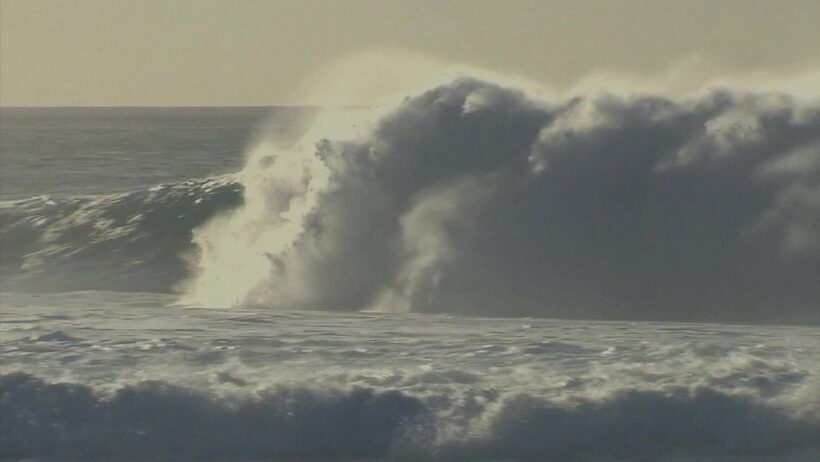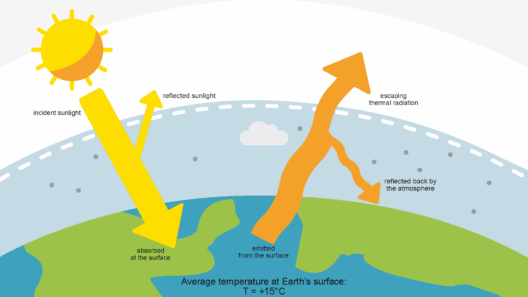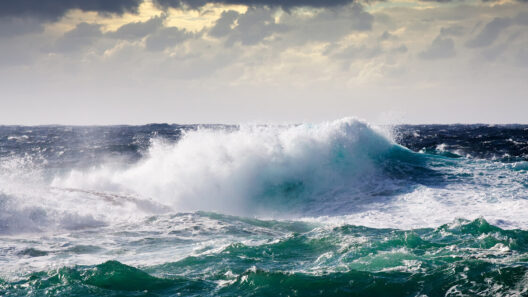As we peer into the vast horizons of our ever-changing planet, a pressing question emerges: Are the sea levels actually rising? This inquiry is more than a philosophical musing; it encapsulates a multitude of scientific arguments, climate data, and startling realizations about our environmental reality. The notion of rising oceans beckons us to investigate further, as we sift through the layers of evidence that have accumulated over decades. From melting glaciers to thermal expansion, the mechanics behind this phenomenon unfold like a captivating narrative.
What’s driving the rise? To explore our planet’s intricate systems, we must first examine the catalysts propelling sea level growth.
One of the most significant contributors to rising sea levels comes from the relentless melting of the polar ice caps and glaciers. The Greenland and Antarctic ice sheets, comprising massive reserves of frozen water, are buckling under the weight of a warming planet. Studies show that Greenland alone is losing approximately 280 billion tons of ice annually, contributing about 0.74 millimeters to global sea levels each year. In Antarctica, the scenario is poignantly similar, with scientists estimating that the continent’s ice sheets may be responsible for about 0.4 millimeters of rise yearly. This means that as these glaciers recede, an enormous reservoir of water, once held captive by ice, is released into the ocean, nudging coastlines ever closer to urban areas.
But what about thermal expansion? Did you know that water behaves differently as its temperature changes? The oceans absorb more than 90% of the heat generated by greenhouse gas emissions, resulting in the thermal expansion of seawater. As water warms, it expands, taking up more space and causing sea levels to rise. Recent data reveals that thermal expansion contributes approximately 30% of the total increase in sea levels since 1993. This relationship between heat and height raises a vital question: How might increased global temperatures further exacerbate this situation?
A critical aggregation of data bolsters our understanding of sea levels’ ascent. Satellite altimetry, a technique utilized since the 1990s, has brought unprecedented precision to sea level measurements. By using radar waves from space, scientists can monitor the slight fluctuations in ocean heights across various regions. Various studies confirm a steady increase of about 3.3 millimeters per year in global sea levels since the early 1990s, underscoring the alarming rate at which our seas are encroaching.
Now, let us explore the geographical distribution of this phenomenon. Rising sea levels are not uniform; they vary drastically from one location to another.
The interplay between ocean currents, gravitational forces, and land subsidence creates a complex tapestry. Regions such as the U.S. East Coast have experienced significant rises, with some areas seeing increases of up to 10 millimeters per year. Conversely, certain parts of the world, like the Southern Ocean around Antarctica, may witness slower increments, or even declines in sea levels due to local conditions. Understanding these disparities is critical for communities worldwide, especially those in low-lying areas vulnerable to flooding and erosion.
As cities like Miami and New Orleans buckle under the weight of increasing tides, the specter of displacement looms ever larger. Some forecasts predict that, by 2050, millions of individuals might find themselves uprooted as their homes slip beneath the waves. This reality raises an unsettling question: How prepared are we to manage this crisis?
Furthermore, the socio-economic ramifications cannot be overlooked. Coastal regions serve as economic hubs, teeming with tourism, trade, and livelihoods. The gradual encroachment of the ocean threatens to disrupt the fabric of local economies, leading to increased poverty and inequality. Enhanced flooding would mean more significant infrastructure costs to harden coastlines and protect vital assets. Are we willing to invest in resilient frameworks to safeguard our future, or will we be caught unprepared and off guard?
Additionally, climate change exacerbates the tidal forces at play. Extreme weather events, influenced by a warming climate, further challenge our shores. Hurricanes and storm surges, once innocuous seasonal happenings, now bear a magnified ferocity. Rising sea levels combine with these phenomena to heighten the risk of devastation in coastal communities. Will we wait for the next catastrophe to happen before we galvanize change?
Addressing the reality of rising sea levels requires a global commitment, underscored by both innovation and preventive actions. As we navigate these turbulent waters, the path forward rests with us and our collective will to combat climate change. Transitioning to sustainable energy sources, preserving coastal ecosystems, and reconsidering urban planning all represent essential steps in staving off catastrophe.
In conclusion, it’s clear that the evidence behind rising sea levels is irrefutable and demands immediate attention. As the ocean’s heights continue to climb, we must confront the implications of this phenomenon with honesty, urgency, and a collaborative spirit. The question remains not whether the sea levels are rising, but how we will adapt as we face the tides of change. The ocean calls to us, its rising waves both a challenge and a catalyst for a sustainable future.








